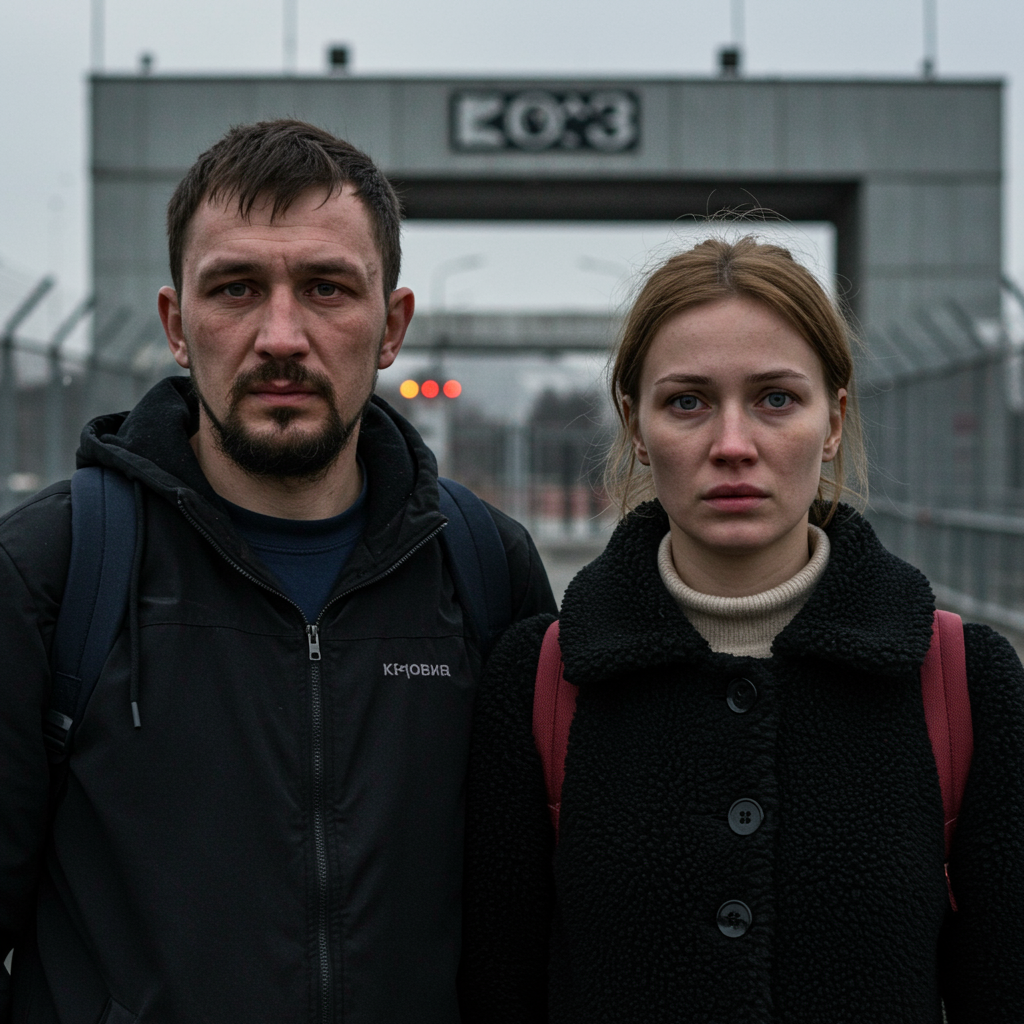In the aftermath of recent, intense conflict, the political landscape in Iran appears to be at a critical juncture. While U.S. leaders have employed strong rhetoric, describing Iran’s nuclear program as “obliterated” or “blown to kingdom come,” the reality on the ground remains uncertain. This moment evokes comparisons to past “mission accomplished” declarations, suggesting a potential rush for external actors to disengage. But within Iran, attention is shifting to the fate and future of its long-serving Supreme Leader, Ayatollah Ali Khamenei, and the complex dynamics shaping the nation’s path forward.
Speaking from the Iranian perspective, author and Atlantic contributor Arash Azizi offers a view from “their world.” He argues that the recent period of conflict has left the 86-year-old Khamenei significantly weakened. Described by Azizi as “finished in some very real ways,” Khamenei has reportedly been in hiding, with observers noting a tired and defeated tone in his rare public appearances, even when delivering defiant messages. While state media may project strength and Khamenei issues firm statements refusing “harassment,” the perceived failure to protect key sites and military figures targeted in the strikes has underlined his vulnerability.
Khamenei’s 36-year rule is increasingly viewed as a “total failure” by many Iranians. His policies are blamed for economic destruction, international isolation, domestic repression, and significant casualties from recent conflicts. The ambition to forge a model Islamic society has demonstrably failed, resulting in a society that is, in many ways, deeply secular and resistant to the regime’s ideological goals. The vast cultural gap is evident in the popularity of Western and global culture among Iranian youth, a trend acknowledged even within regime circles who see it as a “cultural defeat.” This disconnect is starkly highlighted by the surprising lack of mass anti-Israel demonstrations in Tehran, even during periods of heightened regional tension, suggesting most Iranians do not feel a direct stake in these foreign conflicts and resent national resources being spent abroad while domestic conditions worsen.
While some external figures have hoped that military strikes could spark a popular uprising and provide an opportunity for opposition forces, this view is seen by many analysts inside and outside Iran as misguided. Such attacks tend to militarize the state and bolster security forces, making conditions worse for democracy activists rather than better. Furthermore, there is currently no large, organized opposition ready to seize power and navigate a transition. The Iranian regime, built on entrenched institutions and a core group of revolutionaries, has historically proven resilient against numerous challenges, including past bombings, the Iran-Iraq War, crippling sanctions, and decades of nationwide protests. The system’s survival has been attributed partly to a Shiite “culture of resistance” and the lack of visible, unified opposition leaders or widespread strikes currently signaling imminent collapse.
Nonetheless, Khamenei’s perceived weakness and advanced age place the country in a precarious state, which some have called a “zombie regime,” essentially waiting for his passing. This uncertainty fuels a fierce internal power struggle over succession and Iran’s future direction. Several scenarios are being discussed:
The End of the Supreme Leader: There’s a real possibility that Khamenei could be the last Supreme Leader. The position, constitutionally defined as a guardian jurist akin to Plato’s philosopher king, lacks clear candidates with the necessary widely accepted religious and political authority. The position could potentially be abolished in favor of a constitutional transition.
The Son as Successor: Mojtaba Khamenei, the Supreme Leader’s son, is a prominent candidate. His supporters are pragmatically marketing him not as a continuity figure, which would be politically unpopular, but as a modernizing “change candidate” similar to Saudi Arabia’s Mohammed bin Salman. They envision him leading Iran towards a nationalist, developmentalist path, away from strict clerical rule and anti-Westernism. However, he remains a shadowy figure largely unknown to the public.
Hardline Continuity: While less likely given the perceived failure of current policies, a hardline successor committed to maintaining Khamenei’s ideological stance and repressive domestic policies is still a possibility.
Pragmatists and Developmentalists: This path is seen as the most probable. These figures, potentially including elements within the military and business class, prioritize economic integration with the West and national development above revolutionary ideology. This could lead to a significant loosening of social and cultural restrictions (like dress codes or social activities), mirroring other authoritarian states in the region where political dissent is suppressed but social freedoms exist. While nationalistic and perhaps less cautious than Khamenei in foreign policy, their core desire is prosperity and integration.
For democracy activists, the prospect of a democratic Iran in the near future appears distant. While aspirations for greater freedom exist, the dominant regime factions have no interest in relinquishing power. In a region and world currently seeing a retreat from democratic gains, many Iranians prioritize basic safety, security, and the ability to earn a living. As some observers note, for a population grappling with severe economic hardship, prosperity and stability may feel like more immediate needs than political democracy.
Adding another layer of complexity is the nuclear program. Despite claims of its destruction, Iran’s stores of enriched uranium and knowledge remain. The risk lies in Iran potentially pursuing nuclear weapons through pathways that bypass international oversight, a scenario evoking troubling historical precedents. Most experts agree that a military solution offers only temporary setbacks. The only durable way to prevent Iran from acquiring nuclear weapons is a political solution – a comprehensive nuclear deal that includes robust international inspections and provides sufficient incentives for Iran’s leadership to abandon the desire for nuclear weapons altogether, shifting focus towards integration and development.
Ultimately, Iran is navigating a critical period defined by internal weakness, external pressure, and an uncertain future. The gap between the ruling elite and the population, the failure of the regime’s foundational ideology, and the looming question of succession mean significant changes are likely. Whether these changes lead to greater freedom, intensified repression, or a pragmatic pivot towards economic survival remains to be seen, but the decisions made now will shape the course of the nation for years to come.


